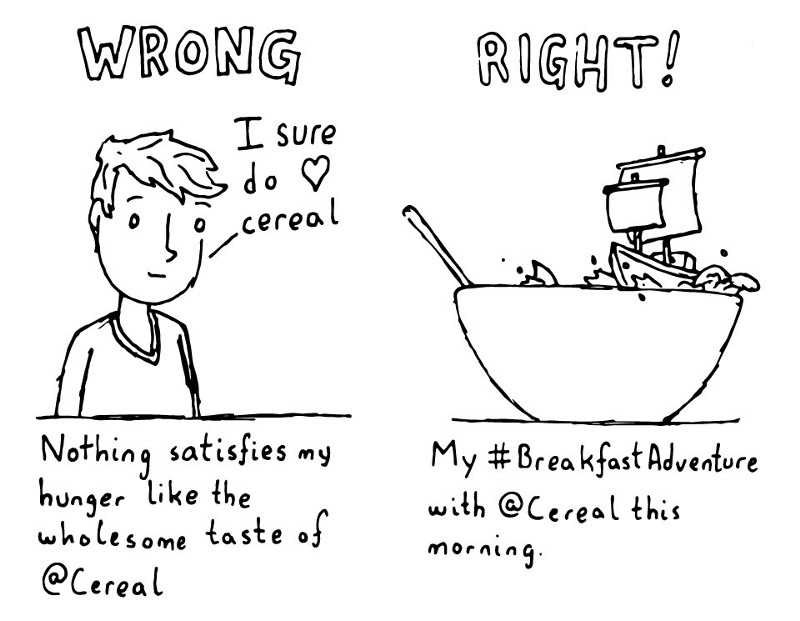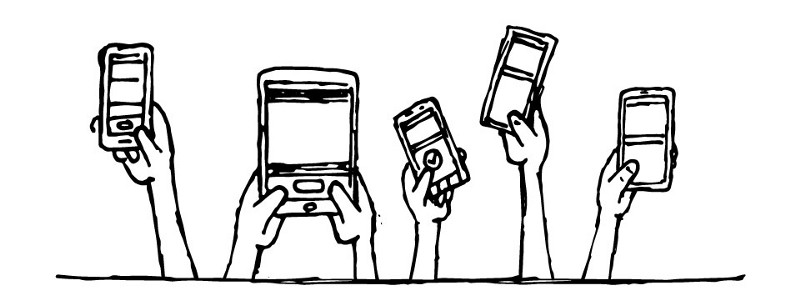It’s a brave new world for advertisers, and with each budding social technology and emerging device type it’s getting even newer. It’s no secret that over the past decade we’ve been steadily moving more and more of our online social interactions from devices we sit in front of to ones we carry with us. From texting, to IM’s, to social networking apps, this march has been inexorable and obvious.
Over the last few years the world has also started to see substantial growth in video consumption on tablets and mobile devices. According to the Q213 Global Video Index from Ooyala (an online video management and analytics company) video viewing on tablets grew 59% in the first half of 2013, and video views on phones and tablets accounts for 13% of total video views with all signs pointing to that share doubling by the end of the year.
As one might expect, sophisticated advertising ecosystems are evolving on tradition social and video channels like Facebook, Twitter, and YouTube and brands and agencies are developing real expertise in how to gain value from them. In addition to the promoted posts and pre-roll, the social nature of these sites have created an opportunity to work directly with influencers — content creators who have developed a following of their own — on these channels. Multi-channel YouTube networks like Machinima and Maker Studios are developing tools to lower the barrier to entry to those influencers and make brand campaigns more powerful and efficient.
Influencers on Vine and Instagram are another story. Some brands have assuredly been doing wonderful things on these channels (Lowes, GE, and Airbnb to name a few), but there seems to be a broad misunderstanding of how to engage popular content creators on those channels. In my experience working with brands and agencies on these micro-format channels the lesson I’ve learned is this:
The real opportunity is not getting influencers to tell your story; but to get them to include you in their story.

A caveat before I continue: I am not suggesting that brands can’t help shape influencer content to communicate messages that are important to them, I’m suggesting that the methods they have for communicating those messages are very different than on other channels. Vine and Instagram as a medium have some unique characteristics that prompt certain behaviors. A bunch of smart people have detailed the challenges and opportunities of the platform for video marketers in the past, but for the purposes of this article I’ll be addressing their relevance to influencer strategies.
Time Constraints
One of the most obvious aspects of video content on Vine and Instagram is how short they are (~:06.5 and :15 max, respectively). This condensed timeframe means that successful videos need to make the most of every second. As a result, things like end cards, branded voice-overs, and heavy messaging, which are perfectly at home in longer form YouTube influencer content, need to take a back seat to the beneficial video content.
Looping on Vine
Videos posted to Vine loop. This lends itself to all sorts of fun and interesting creative executions. It can also lead to really annoying and off-putting talking points.
Audio
Beyond the default on/off audio state inherent to Vine vs Instagram, the fact that much of the content is consumed on phones creates another concern that is largely absent in other online (and mobile) video channels. Sometimes people interact with these videos with the sound off. Consequently, you may want to focus more on primarily visual messaging in your content for your own channel (don’t ignore the audible opportunity of course, just realize that it could be lost on some users).
A benefit of working with influencers is that their audiences learn to adjust their behavior according to the content they’ve chosen to follow. So, when I see a post from BatDad come up in my feed, I know I want my volume up.
User Behavior
An equally important consideration to the how of video consumption on Vine and Instagram works is the why consumers use the apps in the first place. When people interact with content through these apps, they expect certain things. User’s feeds are populated with content from people those users chose to follow. Those choices are made for all sorts of reasons, what is important is that in all likelihood either a pre-existing relationship or the content itself prompted it. Thus, the most meaningful posts tend to feel authentic to the creator.
Guiding Principles for Influencer Campaigns on Vine & Instagram
With all of that background as well as heaps of learnings from campaigns I’ve structured and been involved with, I’ve come to three guiding principles for influencer campaigns.
 Be Authentic
Be Authentic
This one is a general rule of thumb for influencer campaigns as well Companies are not authentic, people are. When considering the types of content you want to create for Vine or Instagram, think less about press releases and ad copy and more the elements of your job that make you want to come into work in the morning. It might be rewarding personal interactions with customers, funny quirks or activities you share with colleagues, or challenges you and your co-workers are working to overcome. Allowing influencers (or those within your organization) to tap into real life around them as opposed to scripted talking points fosters the opportunity for content with real resonance.
 Communicate or Die
Communicate or Die
Clearly communicating your goals, expectations, and concerns is probably the best way to set yourself up for success with influencers. Not only does it improve the process, it also allows allow the creators to get a feel for what really makes the people in your organization tick (which is fodder for great content). Conversely, poor communication leads to missed deadlines, misinterpretations, and general animosity between all parties.
 Trust the Influencers
Trust the Influencers
This principle is probably the hardest to take to heart. At the end of the day, it’s us who answer to our bosses, shareholders, and the public, not the influencers. But when you take a step back and really consider your options here, this rule seems ever more sensible. The reason you want to work with influencers in the first place is that they have done something interesting that has built them an audience. It is in that influencers best interest to keep doing more interesting things to keep their audience engaged and growing. The result is that, when influencers participate in branded campaigns, they are directly incentivized to produce quality content and phoning it in is not a smart option for content posted on their own channels. The other side of that coin is that influencers tend to feel very territorial over their channels and will be easiest to work with when they feel like they are empowered to create content that rings true to their style and artistic integrity.
From my point of view it all boils down to a simple rule of thumb. If you want to run a successful Vine or Instagram influencer campaign (and have fun doing it), let the influencers get to know you, tell them clearly know what you want, and then let them do their thing.
Feel free to leave your guiding principles, disagreements, and stories from the trenches of Vine and Instagram.
#realtalk


I love what you guys are up too. This type of clever work and reporting!
Keep up the superb works guys I’ve added you guys to my blogroll.